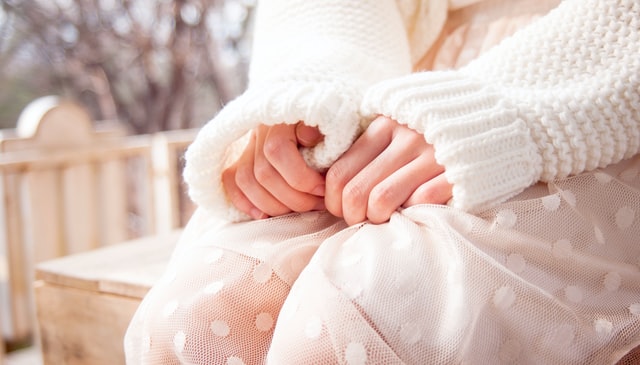Ambivalence: Definition, Examples, & TipsBy Angela Saulsbery, M.A.
Reviewed by Tchiki Davis, M.A., Ph.D. What is ambivalence? Discover its definition, 3 types of ambivalence, and its relationship to major life events. Also, how to deal with ambivalence.
When Crowley invites Aziraphale to flee the impending apocalypse with him, Aziraphale halfheartedly protests, “I don’t even like you!” “You do!” Crowley scoffs. We see Aziraphale’s internal conflict play out over his face. This conflict is an excellent example of ambivalence.
If you’ve ever had “mixed feelings,” been “of two minds,” or felt torn between your head and your heart, you’ve experienced ambivalence. In Good Omens, Aziraphale’s fondness for Crowley, reluctance to break rules, and disapproval of his friend’s demonic values coalesce into ambivalence. Read on to learn more about the psychology of ambivalence, what it means for our relationships, and how to deal with any ambivalence you may experience. Before reading on, if you're a therapist, coach, or wellness entrepreneur, be sure to grab our free Wellness Business Growth eBook to get expert tips and free resources that will help you grow your business exponentially. Are You a Therapist, Coach, or Wellness Entrepreneur?
Grab Our Free eBook to Learn How to
|
Are You a Therapist, Coach, or Wellness Entrepreneur?
Grab Our Free eBook to Learn How to Grow Your Wellness Business Fast!
|
Terms, Privacy & Affiliate Disclosure | Contact | FAQs
* The Berkeley Well-Being Institute. LLC is not affiliated with UC Berkeley.
Copyright © 2024, The Berkeley Well-Being Institute, LLC
* The Berkeley Well-Being Institute. LLC is not affiliated with UC Berkeley.
Copyright © 2024, The Berkeley Well-Being Institute, LLC




